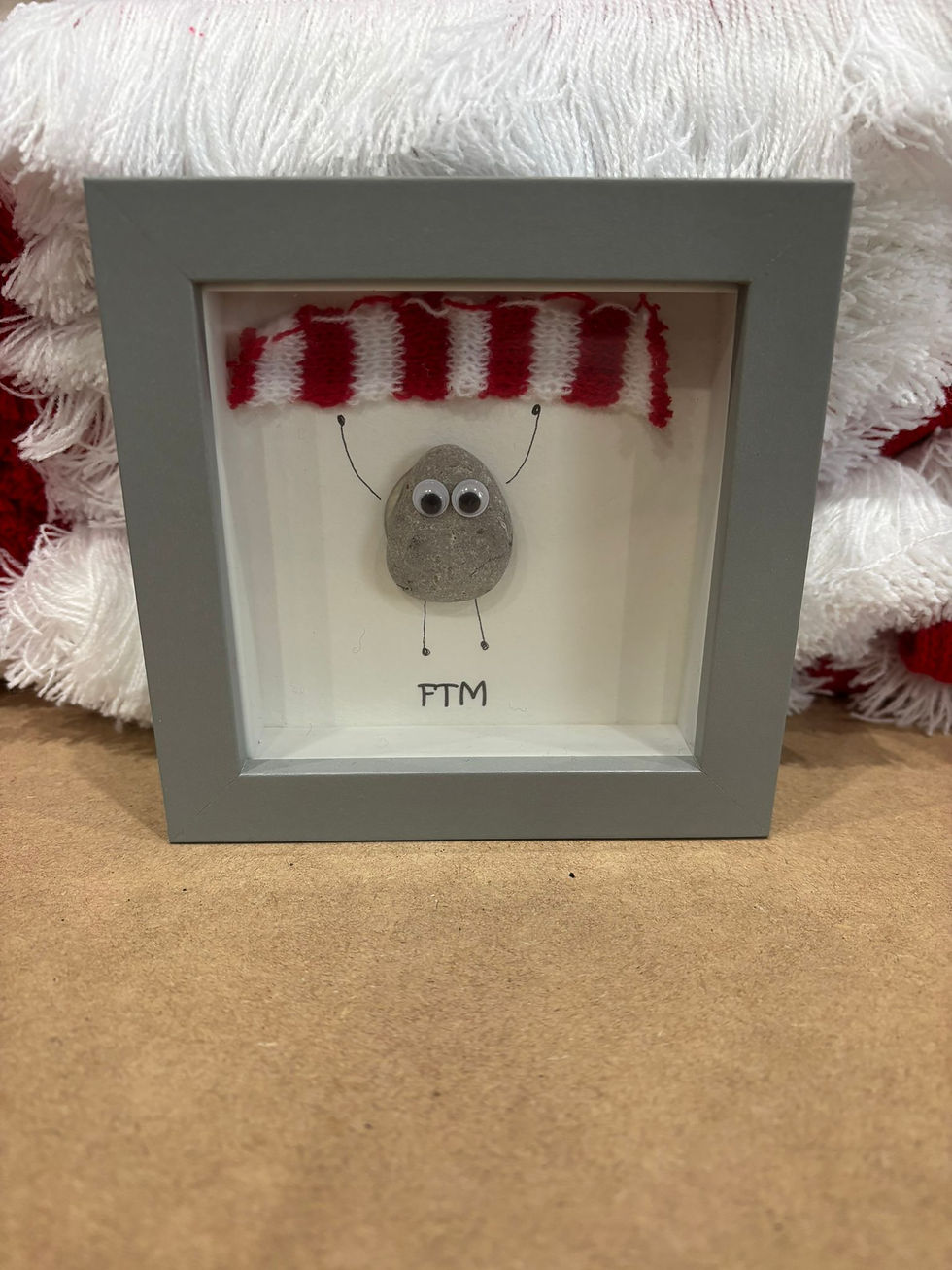PL STADIUM INFO (PART TWO)
- BY BEN HARDIE
- Jun 24
- 3 min read

Sunderland are back in the top flight for the first time since 2017 and as such, there are several stadiums we will be playing in that we haven't seen in a while or not at all. Here's the second of a three part series of articles giving you some information on next season's venues. Part three will be published in the coming days.
CHELSEA
Stamford Bridge has a capacity of 40,173, making it the 11th biggest stadium in the Premier League. Its architect was Archibald Leitch, who also worked on Anfield, Craven Cottage, the Molineux Stadium, Old Trafford, Villa Park and Selhurst Park, as well as, of course, Roker Park. Opened in 1877, it has undergone renovations in 1904-05 and 1998. “The Bridge” was once the host of the FA Cup final from 1920-22 and has been used for the semi-finals of the FA Cup before as well as the venue for England games (last in 1932) and for Soccer Aid.
CRYSTAL PALACE
Selhurst Park opened in 1924 and has been renovated in 1983, 1995, 2013 and 2014 and has been expanded twice, in 1969 and 1994. Another renovation project, costing an estimated £100 million, has been proposed for completion by mid 2027. This stadium was used as a filming location in the television show Ted Lasso, being used as Nelson Road for the fictional football club in the show, AFC Richmond. In the real world, it has been a venue for an Olympic Games (the 1948 edition) and has played a role as a ground for teams other than Crystal Palace, Charlton Athletic (1985-91) and Wimbledon (1991-2003). With a capacity of 25,486, it ranks as the fourth smallest in the top tier.
EVERTON
The newest stadium in the Premier League, the Hill Dickinson Stadium officially opened on the 17th February 2025 after construction started on the 10th August 2021. Its capacity of 52,888 (ranking it the seventh largest ground in the Premier League, just 12 seats smaller than the Etihad Stadium) is higher than Everton’s old stadium of Goodison Park by just under 20,000 seats. Obviously, Sunderland have never played here before the start of the current season. In 2028, it will be one of the host stadiums of the European Championship.
FULHAM
Recently expanded to just under 30,000 capacity (29,589), Craven Cottage spent the first 116 years of its life not as a football stadium but as a cottage instead. It was the home of Fulham between 1896 and 2002 but from 2002-04 Fulham couldn’t play at the Cottage because the stadium hadn’t yet been converted into an all-seater venue following the Taylor Report of 1990. Since 2004 however, it has been the home of Fulham without interruption. This stadium has held the most Australia national team fixtures of any ground outside Australia and the ground has a tree within it, the only British senior football stadium to have one. It is the fifth smallest stadium in the Premier League.
LEEDS UNITED
In modern times Elland Road hosts 37,645 but back in 1967 it saw a record attendance of 57,892 for a game between Leeds United and Sunderland for an FA Cup fifth round replay. Back in 1996 it was one of the stadiums used for the European Championship hosted in England and there are plans to increase the capacity to 55,000. As of right now though, it is the 12th largest Premier League stadium. In 1931, we played Birmingham City in an FA Cup semi final here and the ground has hosted numerous England matches, the last of which came in 2018.
LIVERPOOL
Anfield was originally the home of Liverpool’s Merseyside rivals Everton, but since 1892 it has been the home of the Reds. In 2024, the stadium’s capacity was expanded to 61,276, which now makes it the fourth largest in the top flight. One of the most famous aspects of Anfield is the “This is Anfield” sign which Jurgen Klopp once banned his players from touching until they had won a major trophy, this ban was lifted in 2019 following victory in the Champions League. Liverpool had the best home record of any team in the Premier League last season, losing just once and winning 14 out of 19 matches, bringing together a total of 46 points.



















































